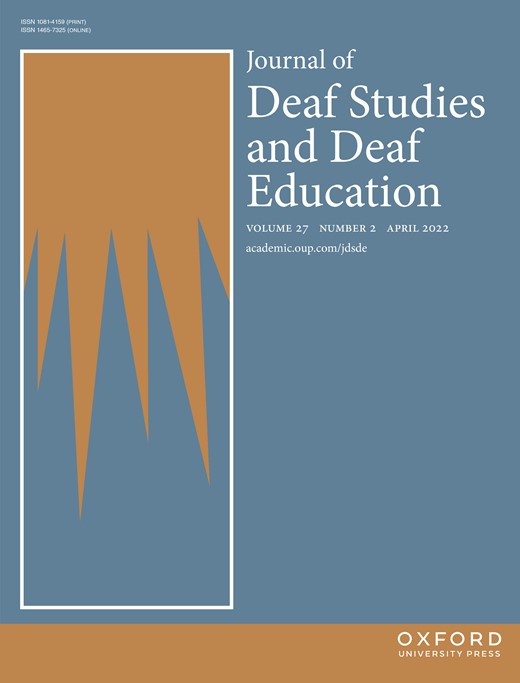Explore Resources
Topics
Tags
Type of Resource
Audience
Search
The Curious Incident of the Dog in the Night-Time by Mark Haddon
Book
The Illustrated Guide to Dyslexia and Its Amazing People by Kate Power, Kathy Iwanczak Forsyth, and Richard Rogers
Book
Dyslexia: A Beautiful Brain by Virginia Orzel (Producer), & Orzel, V. (Director)
Film/Video
A documentary showing what it is like to have dyslexia, the struggles, the challenges, and what it is actually doing inside the brain when a dyslexic tries to read, write, speak, or interpret what they hear.
Overcoming Dyslexia by Sally E. Shaywitz
Book
Classroom Layout and Resources by Light Productions
Film/Video
At Southfield Junior School near Swindon they recognise that dyslexic children learn best if the layout of the room and classroom resources are tailored to their specific needs. This video explores the strengths of dyslexic learners and what teachers can do in the classroom to ensure their success.
Disability Visibility by edited by Alice Wong
Book
The Disability Rights Movement: From Charity to Confrontation by Doris James Fleischer
Book
Read This to Get Smarter : About Race, Class, Gender, Disability & More by Blair Imani
Book
Cultural Humility and Allyship in Action by Wendy Champagnie Williams, Castagna Lacet, and Judith S. Willison
Article in Reflections: Narratives of Professional Helping
Bates’ Visual Guide to Physical Examination: Communication and Interpersonal Skills by Lippincott Discovery
Film/Video
Videos which present the fundamental interpersonal and communication techniques most often demonstrated in clinical encounters and have a strong focus on diversity and inclusion. They include approaches for patients who identify as LGBTQIA+, persons with physical disabilities, and diverse populations throughout the life cycle. Students and new clinicians will also learn how to broach sensitive subjects and disclose difficult news.
Being Seen: One Deafblind Woman’s Fight to End Ableism by Elsa Sjunneson
Book
The Journal of Deaf Studies and Deaf Education
Journal/Newspaper
Diversity, Equity and Inclusion Programs and Resources by UNE Center for Excellence in Teaching and Learning
Webpage/Website
Building Equity & Supporting Diversity by UNE Center for Excellence in Teaching and Learning
Webpage/Website
Health Disparities Between Women With and Without Disabilities: A Review of the Research by Jennifer P. Wisdom PhD and MPH, Marjorie G. McGee, Willi Horner-Johnson, Yvonne L. Michael, Elizabeth Adams & Michelle Berlin
Article in Social Work in Public Health
Addressing Patient Bias and Discrimination Against Clinicians of Diverse Backgrounds by Pooja Chandrashekar and Sachin H. Jain
Article in Academic Medicine
Prejudiced Patients: Caring for those who Discriminate Against You by Pooja Chandrashekar
Film/Video by CECE Dean's Colloquium
The duty to care for all patients is central to the health professions, but how should students and clinicians respond when encountering patients who exhibit biased or discriminatory behaviors? Students and clinicians from minority backgrounds are more likely to experience mistreatment from patients during clinical training and practice. These experiences can be profoundly painful and degrading, contribute to clinician burnout, and worsen patient outcomes.


